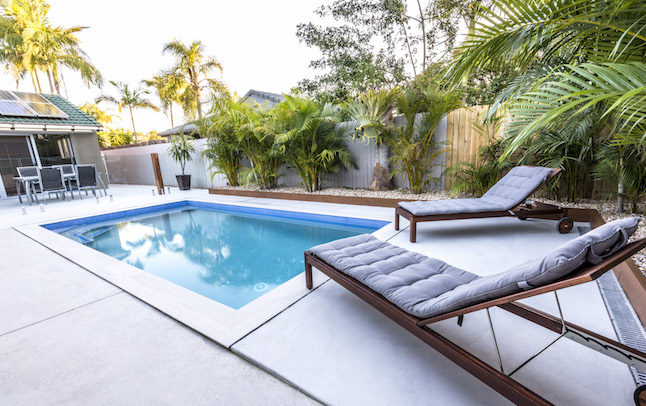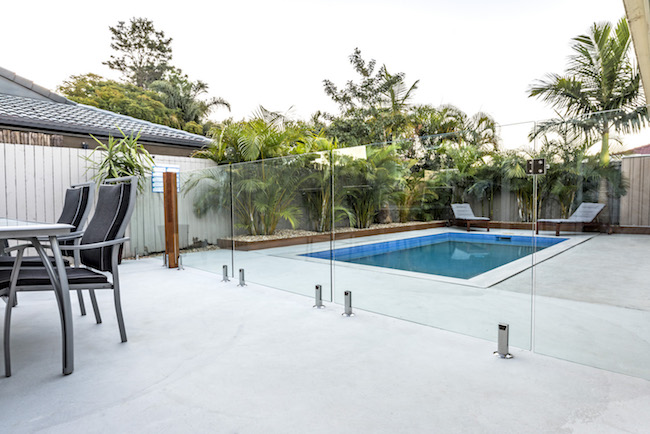- Econ Post
- Hot Products
- RapidLock - The New Swageless System
- Blinds & Awnings
- Catenary Lighting
- Fasteners
-
General Hardware
- Fasteners
- Fixing Plates
- Shackles
- Stainless Steel Chain
- Cleaning & Protection
- Hinges
- Eye Bolts
- Eye Nuts
- Cafe Blind Anchor Housing
- Blind and Awning
- Flush Ring Pulls
- Guy Wire Kit
- U Bolts
- Hooks & Snaps
- Links
- Lockwire
- Mame Blocks
- Pulley Blocks
- Rings
- Ropes
- Rigging Screw /Bottlescrew
- Screw Eyes
- Sheaves, Nylon Pulley Wheels
- Stayput Fittings
- Swage Sleeves & Wire Ferrules
- Swage Terminals
- Thimbles
- Threaded Rod
- Toggle Bolts
- Turnbuckles
- Wall Plates
- Wire Rope Grips
- Glass Balustrade
- Green Wall
- Marine
- Handrail
- Height Safety
- Kits
- Posts
- Shade Sail
- Tools
-
Wire Balustrade
- Architectural Ball
- Bevelled Washers
- Blind Nut Rivets/Nutserts
- Clean, Protect & Polish
- Eye Bolts
- Grommets
- Hex Head Tensioners
- Lag Screws
- Net Clip
- Balustrade Kits
- Rigging Screw/Bottlescrew
- Saddles/Eye Straps
- Screw Eyes
- Swage Sleeves/Ferrules
- Swage Terminals
- Stainless Steel Balustrade
- Thimbles
- Stainless Steel Wire Balustrade
- Threaded Forks
- Threaded Inserts
- Vertical Wire Balustrade
- Turnbuckles
-
Wire Balustrade Systems
- Blue Wave Swageless System For Metal Posts
- Blue Wave Swageless System For Timber Posts
- Econ Easy Angle System For Timber Posts - Stairs
- Econ Insert Swage Stud System For Timber Posts
- Econ Jaw Swage Bottlescrew System for Metal Posts
- Econ Jaw Swage Bottlescrew System for Timber Posts
- Econ Lag Screw Swage System
- Econ Lag Swage Bottlescrew System
- Econ Nutsert Swage Stud System For Metal Posts
- Econ Nutsert Swage Stud System For Metal Posts - Stairs
- ProRig Insert Swage Stud System
- ProRig Insert Swage Stud System For Timber Stairs
- ProRig Insert Tension Rod System (requires a swaging tool)
- ProRig Jaw Swage Bottlescrew System for Metal Posts
- ProRig Jaw Swage Bottlescrew System for Timber Posts
- ProRig Jaw Swage Bottlescrew System with Flip Toggle
- ProRig Jaw Swage Bottlescrew System With Saddles - Metal Posts
- ProRig Jaw Swage Bottlescrew System With Saddles - Timber Posts
- ProRig Nutsert Swage Stud System
- ProRig Nutsert Swage Stud System - Stairs
- ProRig Nutsert Tension Rod System (requires a swaging tool)
- ProRig Quick Lock System
- Standard DIY System for Metal Posts
- Standard DIY System for Timber Posts
- Tensioner Swage Stud System
- Tensioner Swage Stud System with Flip Toggle
- Wire Rope
- New Arrivals
- Specials
Your shopping cart is empty!
Pool Fence Regulations
As of 1 December 2015, all pool fences and barriers must be compliant with the Queensland Government’s pool safety laws. It is the responsibility of all property owners, including homeowners, landlords and hoteliers, to ensure that their pool fence or barrier meets the legal requirements in terms of barrier height and strength, direct access from buildings into pool areas, gates and latching requirements, and non-climbable zones. Moreover, Queensland property owners are expected to ensure their pool fences and barriers are properly maintained.
Why Pool Fences and Barriers Fail to Meet the Required Standards
Pool fences and barriers may fail to meet the required standards for one or more of a number of reasons, including:
- The height of the fence or barrier is less than 1,200mm from ground level
Fences and barriers may sink into the ground over time which could see them fail to meet the required height standard of 1,200mm. This may require the property owner to replace the fence or have it raised to meet the required height standard.
- The gates are not self-closing and the latches on the gates are not self-latching
In many cases, property owners won’t need to replace the gate but simply replace the old hinges with self-closing hinges, which are relatively inexpensive. This may also be the case with the latch which is required to be self-latching and it’s also a good idea to purchase a latch that can be locked with a key.
Latches must be at least 1,500mm from the ground and 1,400mm from the top of the lower horizontal railings and may also be located on the inside of the fence so that it’s necessary to reach over or through the fence at a minimum height of 1,200mm. Internal latches must also be at least 150mm below the top of the gate or blocked/covered with a shield with a minimum radius of 450mm and with openings no larger than 10mm.
- The gate hinges are in need of adjusting, tightening or replacing
Property owners could be fined if gate hinges are not properly maintained, even if the gate is self-closing. As on-the-spot fines can be as high as $853.30 (the maximum penalty a court can impose is $20,113.50), it’s well-worth checking to ensure the gate hinges are working properly.
Property owners in need of a new pool barrier may like to consider installing an attractive glass balustrade that provides a clear and unobstructed view of the pool area from their home or outdoor spaces. This is a great option for parents who want to keep an eye on their children as they swim and it’s also an excellent means of creating the impression of greater space in the backyard.
With two types of spigots available (core drilled and deck mounted clamps) you can easily install a glass balustrade into a brick, concrete or wooden base. All our spigots meet the applicable Australian standards and as they’re stainless steel they’re guaranteed to withstand the elements and ensure stability and security for many years.

Direct Access from Buildings
To be compliant pool areas must not be directly accessible from a building. This means that no door or window should lead directly out onto the pool area with the exception of windows that are fitted with security screens or cannot be opened more than 100mm. If the pool area is accessible from a door you will likely need to erect a new pool fence that meets the latest pool fencing regulations, or if it’s a window that provides direct access, fit a security screen.
Non-climbable Zones
All climbable objects must be at least 900mm away from the outside of pool barriers less than 1,800mm high and 300mm from the inside. Climbable objects include both permanent and temporary structures, such as trees and shrubs, barbeques, chairs and tables, stairs and other objects. For fences 1,800mm or higher, such as a border fence, the 900mm non-climbable zone may be on the inside of the fence and is measurable from the top of the inside.
Signage
Property owners are now also required to prominently display CPR signage that is compliant with the DRSABCD Action Plan. When building a pool on a commercial or residential property, it is also necessary to display a weatherproof warning sign in a prominent location.
Although it may be costly to ensure compliance with Queensland’s pool fencing regulations, it is important to understand that these regulations aim to reduce the number of child drowning deaths, which is the most common cause of fatalities in children under the age of five.



